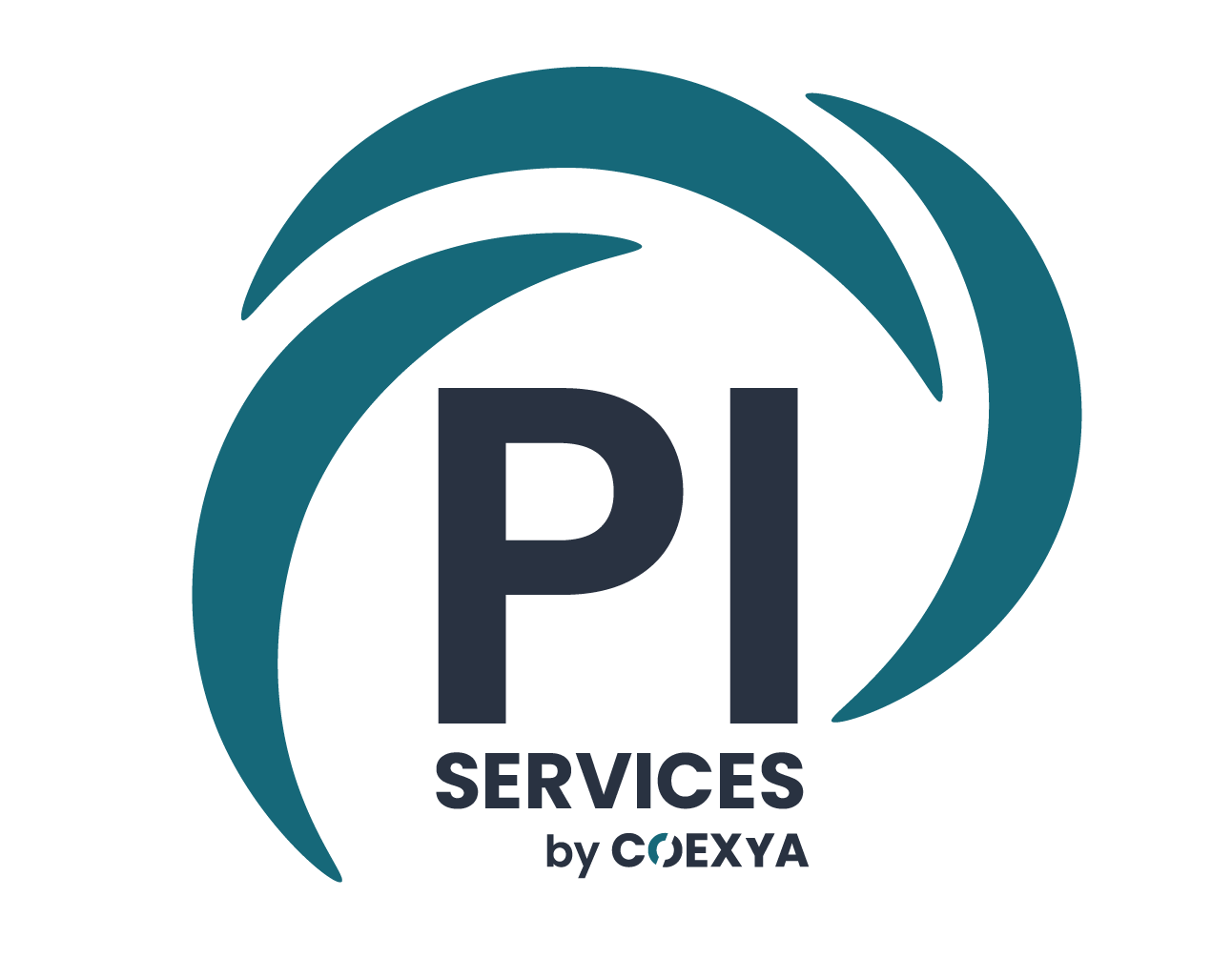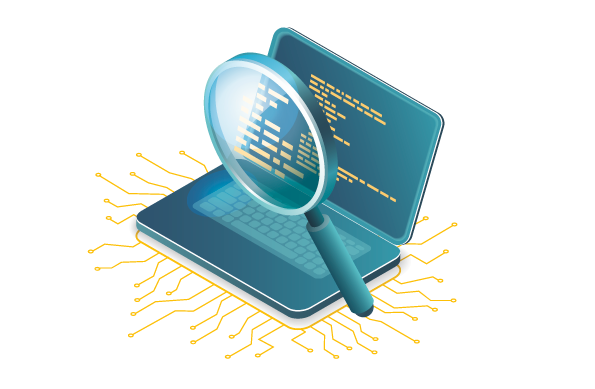Description
Dans les dernières mises à jour des versions Microsoft Office 2016, lorsqu’un utilisateur ajoute un nouveau compte Exchange 2016 , il est invité à plusieurs reprises à saisir son nom d’utilisateur et son mot de passe pour aboutir finalement à un échec.
Ce problème est lié à la configuration de découverte automatique qu’Outlook utilise. Microsoft semble avoir défini Outlook pour utiliser leurs serveurs Office 365 comme point de configuration initial indépendamment de la façon dont la découverte automatique est configurée.
Résolution
La résolution consiste à définir une entrée du Registre sur l’ordinateur qui rencontre le problème ayant la valeur dessous:
[HKEY_CURRENT_USER\Software\Microsoft\Office\16.0\Outlook\AutoDiscover]
« ExcludeExplicitO365Endpoint »=dword:00000001
Attention: Cette modification ne doit se faire que si un compte Exchange On-Premise est utilisé.





